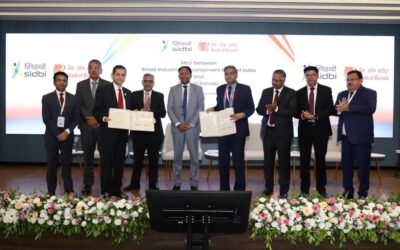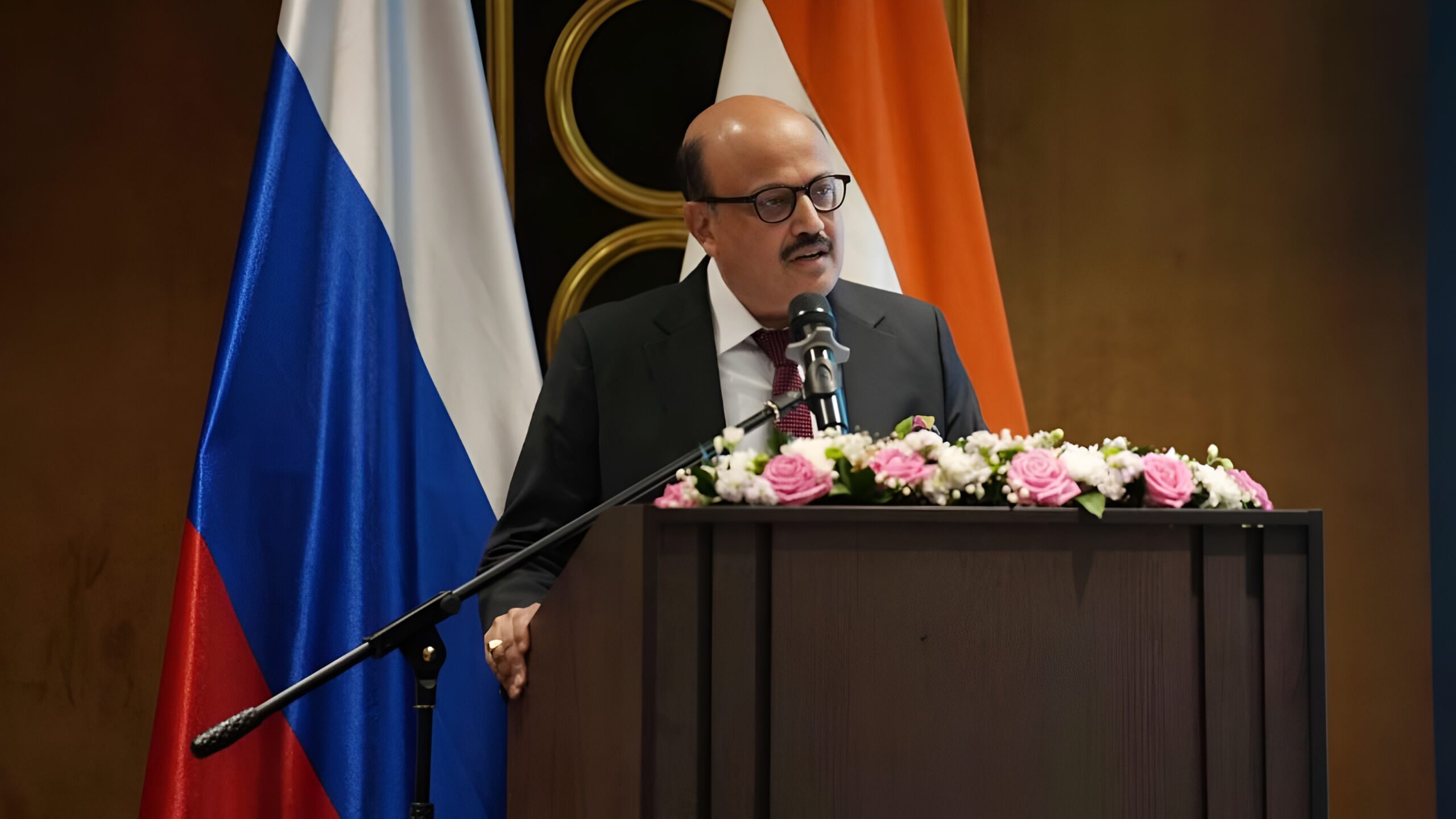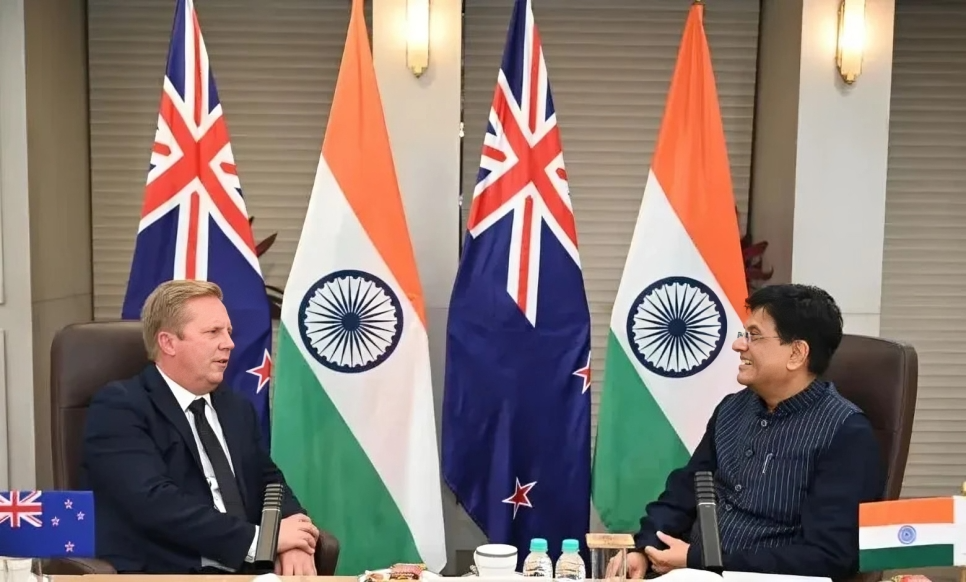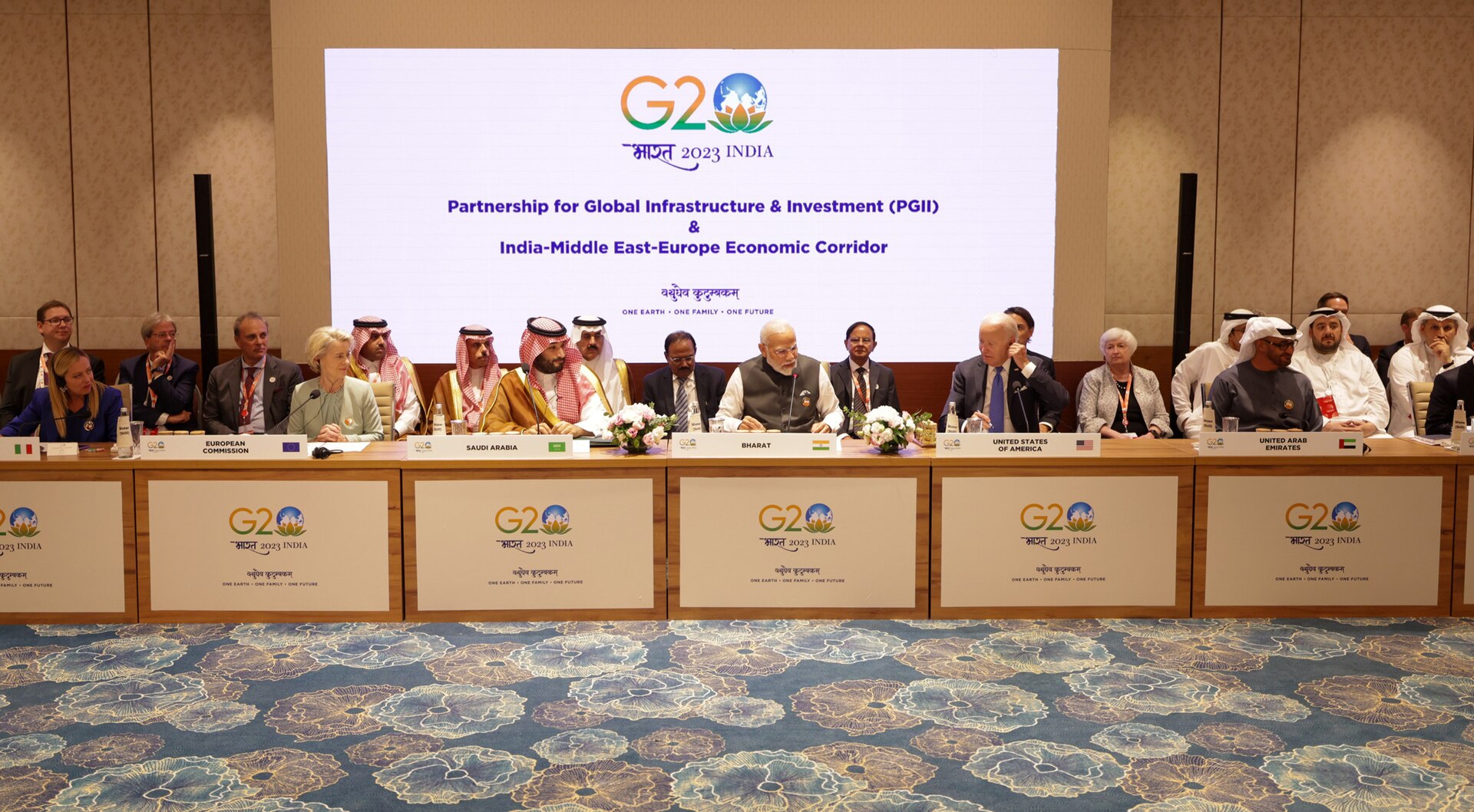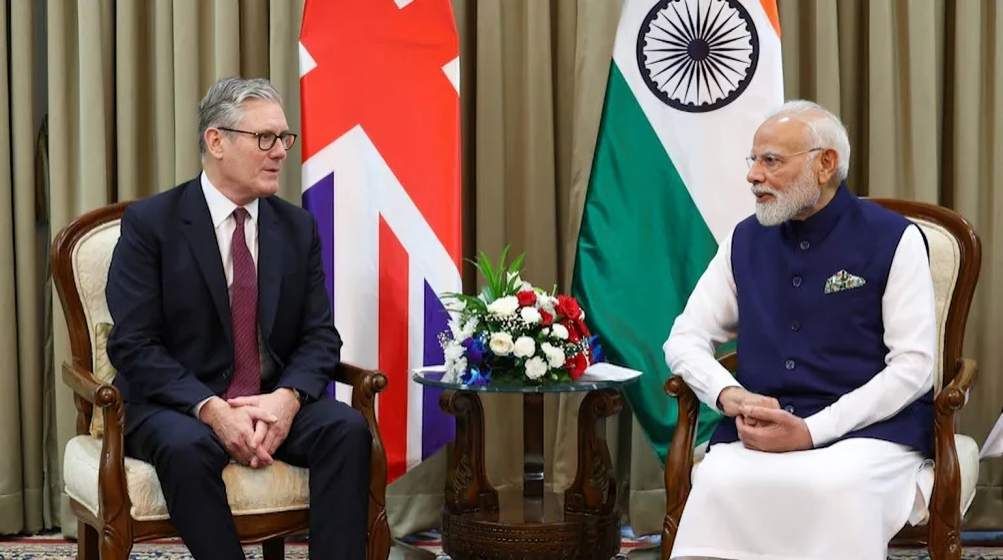India Deepens Trade Engagement with Latin America: The Strategic Shift from Markets to Minerals
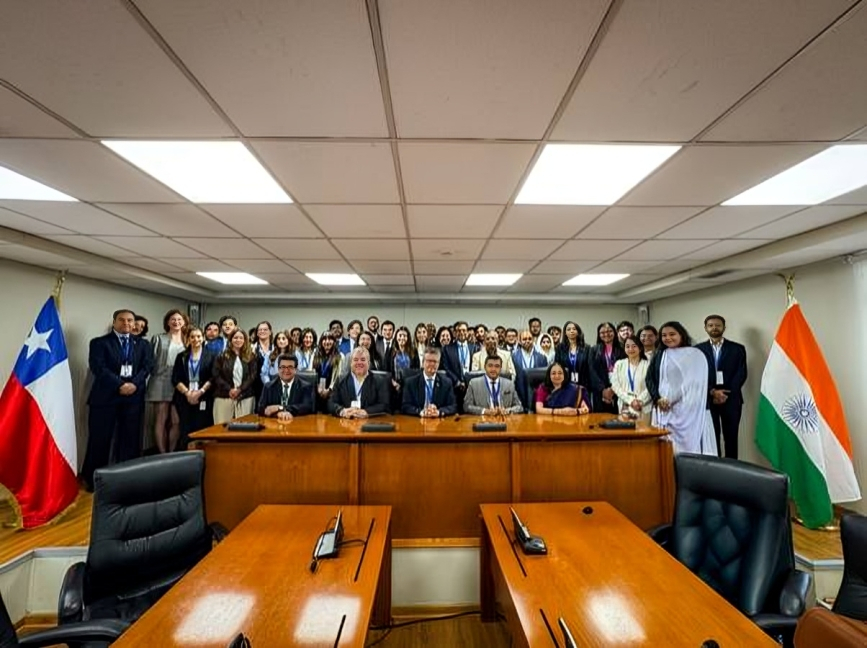
India recently wrapped up two significant rounds of trade talks one with Peru and another with Chile signalling a deeper economic and strategic push into Latin America. From 3-5 November 2025 in Lima, the ninth round of the India-Peru Trade Agreement broached crucial chapters around goods, services, customs, dispute settlement and notably, critical minerals. Meanwhile, between 27-30 October in Santiago, India and Chile held their third round of CEPA (Comprehensive Economic Partnership Agreement) negotiations again with critical minerals, investment and digital trade high on the agenda.
This deep dive into trade with Latin America goes beyond tariff cuts and market access. It is part of India’s broader strategy to diversify export destinations, reduce dependence on traditional partners and secure raw‐material inputs vital for its green and industrial ambitions.
Latin America: Market Destination and Mineral Source
For too long, India’s trade with Latin America focused on exporting goods automobiles, pharmaceuticals, textiles to these markets. For instance, India’s exports to Peru rose to around USD 1 billion in 2024-25, while imports jumped to nearly USD 5 billion, revealing a significant trade imbalance.
What gives the current negotiations broader strategic importance is the inclusion of critical minerals lithium, copper, silver, molybdenum, among others for the first time in India’s trade frameworks with Peru and Chile. Peru and Chile are among the world’s richest sources of key minerals required for batteries, electronics and clean-energy systems.
By anchoring minerals, along with goods and services, into these agreements, India is signalling that future trade pacts will be as much about securing inputs for its manufacturing and clean-energy ambitions as they are about expanding markets for its exports.
Economic Benefits for India and Its SMEs
The negotiation rounds open multiple pathways for Indian industry especially its large base of MSMEs. On the export side, Indian manufacturers of pharmaceuticals, automobiles, textiles and iron-steel products have fresh opportunities in Latin American markets under improved trade terms and rules of origin.
On the import side, securing access to minerals from Latin America helps India tackle one of its major vulnerabilities’ dependences on other nations for essential raw materials. A stable supply of copper, lithium and other critical inputs under favourable trade conditions can strengthen India’s manufacturing ecosystem, reduce input cost volatility and build resilience into supply chains.
The spill-over benefits for MSMEs are considerable. With cheaper access to raw materials and better market linkages, smaller manufacturers and component suppliers can integrate into larger value chains, create export-oriented products and scale more confidently. This could help shift more Indian industry from downstream assembly to higher-value manufacturing roles.
Geopolitical Implications: Diversification, Resilience and Strategic Autonomy
India’s push into Latin America carries strong geopolitical dimensions. By negotiating deeper trade and resource pacts with Peru and Chile, India is diversifying away from over-concentration on traditional partners and major global supply-chain players. This diversification strengthens India’s hand in a world where trade rules, resource controls and strategic rivalry are intensifying.
Moreover, linking minerals into trade architecture gives India preventive leverage against disruptions whether from export curbs, geopolitical fractures or supply-chain shocks. The inclusion of chapters such as investment protection, digital trade and intellectual property means the bilateral deals are being designed to anchor long-term collaboration and manufacturing linkages not just commodity flows.
For Latin American partners, India represents a large and growing market, and a source of manufacturing and services cooperation. This increases their hedging space amidst global trade tensions and offers deeper integration with one of Asia’s fastest-growing economies.
What Comes Next: Key Watch-Points
- Finalisation and Implementation: The next rounds scheduled for New Delhi in January 2026 for Peru, and timelines for Chile will test how quickly both sides convert negotiating momentum into actionable deals.
- Critical Minerals Chapter: Whether the minerals chapters translate into firm offtake agreements, exploration cooperation or supply-chain investments will determine how strategic the outcome becomes.
- SME Linkages & Value Chains: To capture benefits, India’s policy and private sector must ensure MSMEs are integrated through supply-chain clustering, exports support, and upstream material access.
- Digital & Services Leverage: Beyond goods, India aims to export services fintech, IT, healthcare and leverage digital trade clauses in the agreements, providing new opportunities for its service-driven enterprises.
- Trade Deficit Management: Historically, India has run trade deficits with these countries; the new pacts must aim for more balanced flows by boosting Indian exports while leveraging more favourable import terms for key inputs.
The latest trade negotiations with Peru and Chile mark more than incremental diplomacy they reflect a strategic inflection point in India’s trade architecture. By making Latin America a dual priority both market destination and resource supplier India is repositioning its industrial and trade strategy for the coming decade.
For Indian industry, particularly its vast MSME sector, this shift means new horizons: a chance to penetrate Latin American markets, deepen service exports and access raw materials vital for future manufacturing and green-energy sectors. Geopolitically, India is signalling that its trade policy is evolving from reactive tariff deals to proactive, supply-chain resilience and resource-security partnerships.
As the world pivots around commodities, technology and trade alliances, this corridor with Latin America may well become a cornerstone of India’s next-generation economic architecture defined not just by what we trade, but by what we manufacture, source and partner to build.





